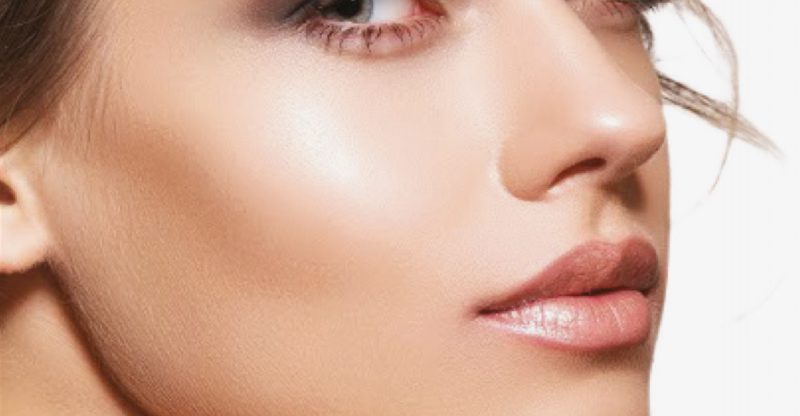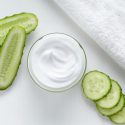What is carboxytherapy? Procedure, contraindications and side effects
Carboxitherapy is a universal treatment that solves many skin problems: it eliminates stretch marks, cellulite and dark circles and also reduces the formation of wrinkles. What is carboxytherapy, what is the procedure and how long does it take? Does carboxythrapy have any side effects? What are the indications (cosmetic and medical) and contraindications to its implementation?
What is carboxytherapy?
Carboxytherapy involves injections of infuse gaseous carbon dioxide under the skin. The gas is spread evenly over the tissues, as a result expanding the blood vessels, improving the nutrition and oxygenation of cells and supporting cell regeneration. In addition, it stimulates the capillary growth factor, which improves microcirculation and thus reduces dark circles. Carbon dioxide causes a slight skin inflammation that triggers the production of collagen and elastin, makin the skin smooth and elastic. What is more, the gas also breaks down fatty deposits.
Carboxytherapy – procedure
Carbon dioxide is injected under the skin with the use of a thin needle placed in a special device that regulates its temperature, quantity and flow. During the procedure, the patient experiences pain similar to a simple injection and then a feeling of ‘pushing’ under the skin. How does it look like? Thin lines are marked by the gas penetrating the skin.
How long does the treatment take?
The time depends on the skin area on which it is performed and thus from the amount of gas used. Wrinkles around the eyes can be reduced in 3 minutes, the stretch marks on the thights in 15 minutes, whereas the abdominal fat will take about 30 minutes. To obtain the best results, the treatment should be repeated several times. How many times should the carboxytherapy be repeated then? It depends – under-eye bags can be removed in one session, but in order to remove cellulite there are about 8-10 visits needed.
Carboxytherapy – side effects
The advantage of carboxytherapy is the lack of permanent skin damage and the low risk of allergic reactions to UV radiation. In addition, carboxytherapy does not require convalescence – right after the procedure you can return to your daily activities. However, the treatment is not devoid of side effects. First, the area of injection can hurt, bruises and ecchymosis can occur. Rarely you can experience swelling, haematomas, infections and inflammations. To avoid them, do not rub any cosmetics ( except those recommended by the beautician) into the area treated with has immediately after the procedure and reduce physical activity, sauna and swimming during the first two days.
Carboxytherapy – cosmetic indications
As mentioned above, carbon dioxide is used primarily to effectively treat stretch marks (in 97%), dark circles (in 90%) and cellulite (in 89%). Other indications for carboxytherapy include:
- excess fat around the abdomen, buttocks, thighs, arms and knees;
- baldness and hair loss;
- wrinkles;
- psoriasis;
- dilated blood vessels (telangiectasias);
- skin laxity after pregnancy;
- scars, including post-acne scars;
- droopy eyelid;
- lack of elasticity of the face, neck and cleavage skin;
- double chin;
- skin regeneration on hands and feet;
- eyelid fat pads.
Carboxytherapy – medical indications
Carboxytherapy not only improves our beauty, but also supports the treatment of:
- hard-to-heal wounds;
- chronic venous insufficiency;
- varicose and diabetic ulcers;
- Raynaud syndrome;
- circulatory disorders;
- cramps.
Carboxytherapy – contraindications
Carboxytherapy brings a number of benefits, but there are also some contraindications to its implementation. Those include:
- a recent heart attack or stroke;
- kidney failure and dialysis;
- lung diseases;
- problems with blood pressure, especially hypertension;
- epilepsy;
- uncontrolled diabetes;
- recent phlebitis or pulmonary embolism;
- cancer or chemotherapy;
- hemophilia;
- poikilotermia;
- connective tissue diseases;
- disorders of wound healing;
- von Willebrand’s disease;
- herpes;
- rosacea;
- viral skin infection;
- cellulitis;
- pregnancy and breastfeeding;
- long term use of aspirin and anti-inflammatory drugs;
- acute skin infection (during treatment).






Leave a Reply